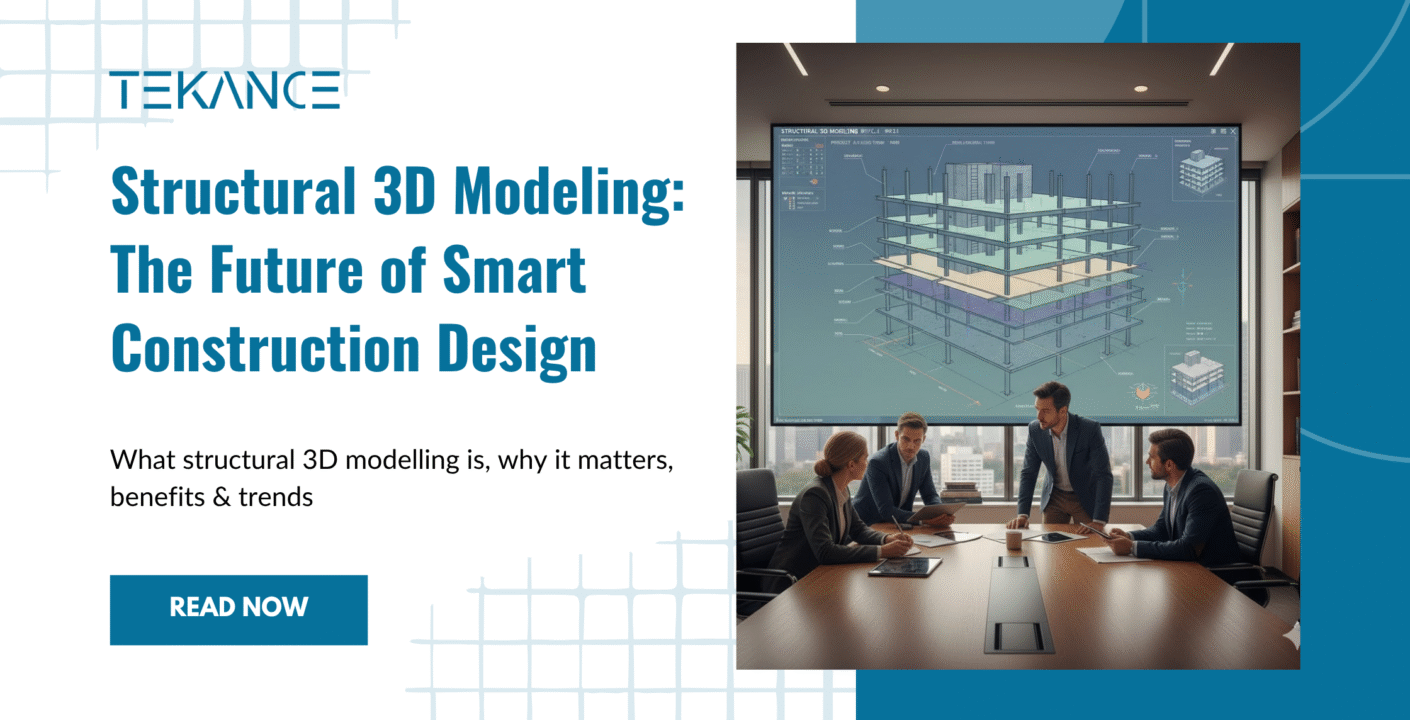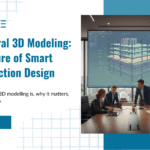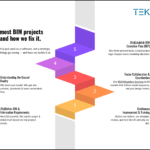Structural 3D modeling is changing how buildings, bridges, and infrastructure are planned and constructed.
Instead of working with flat 2D drawings, engineers and architects use digital 3D representations that show the structure in detail.
This approach helps teams design more accurately, reduce mistakes, cut costs, and improve project efficiency.
From 2D Drawings to Intelligent 3D Models
Traditional construction relied on 2D drawings, which often left room for misinterpretation. In contrast, 3D models let everyone involved see and understand the complete structure before construction begins.
When combined with BIM (Building Information Modeling), the 3D model becomes more than just a visual representation. It also stores data about materials, dimensions, performance, maintenance, and overall lifecycle.
Modern 3D modeling also connects with:
- 4D: Time and scheduling
- 5D: Cost and budgeting
- 6D and beyond: Sustainability and lifecycle management
This creates a more organized and predictable construction process.
Main Benefits of Structural 3D Modeling
1. Higher Accuracy and Fewer Mistakes
3D models allow engineers to test how a structure will perform under real-world conditions like wind, weight, earthquakes, and temperature changes. Problems can be found and fixed before construction, not during it, avoiding costly delays.
Clash detection tools also catch conflicts between structural, architectural, and MEP systems early, which reduces rework and prevents site disruptions.
2. Reduced Material Waste
The precision of 3D models leads to more accurate material estimates. Teams order exactly what they need, which reduces waste and helps control costs. This also supports sustainability goals.
3. Better Collaboration
All professionals work on one shared model. Everyone sees updates in real time, which reduces miscommunication. Cloud-based platforms make this possible even when teams are located in different cities or countries.
4. Lower Costs and Faster Delivery
Fewer errors, better planning, and automated documentation mean construction moves faster and stays within budget.
New Technologies Shaping the Future
AI and Generative Design
Artificial Intelligence can analyze design requirements and generate several optimized structural solutions. It helps explore more design options in less time and improves efficiency.
Digital Twins
A digital twin is a live 3D model linked to real sensors in the physical structure. It updates in real time to monitor performance and predict maintenance needs, which helps prevent failures and extend the building’s lifespan.
Parametric and Computational Design
Engineers can set rules and relationships in the model, so when one element changes, the rest updates automatically. This speeds up design work and ensures consistency.
Cloud-Based Workflows
Teams can now work from anywhere using shared online platforms, reducing dependency on local hardware and making collaboration more flexible.
Real-World Applications
- Prefabrication and Modular Construction: 3D models guide factory-made building components, which are later assembled on-site. This reduces construction time and improves quality control.
- Automated Reinforcement Detailing: Software can now automatically generate detailed rebar layouts, saving time and minimizing errors.
- Smart Infrastructure Monitoring: Digital twins and sensor data help maintain bridges, tunnels, and high-rise buildings more effectively.
Challenges to Consider
- Training and skill development are needed to fully use these tools.
- Integrating new technology with existing systems can take time.
- Data security must be taken seriously, especially with cloud platforms.
- Initial software and setup costs can be high, though long-term savings usually outweigh investment.
The Road Ahead
Structural 3D modeling is becoming standard practice across construction. The next wave of growth will come from:
- Deeper use of AI for real-time design optimization
- Stronger sustainability and carbon-analysis tools
- Wider use of AR/VR for design reviews and on-site coordination
- Better software interoperability and open standards
Organizations that invest early in training, collaboration processes, and digital workflows will be best prepared for a future where construction is more precise, efficient, and sustainable.
Learn more about our BIM workflows here: BIM Services








